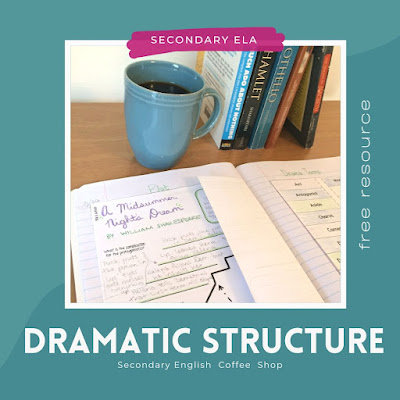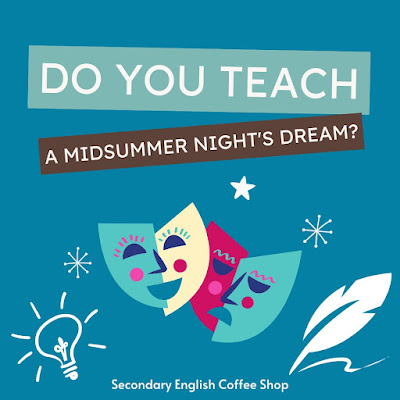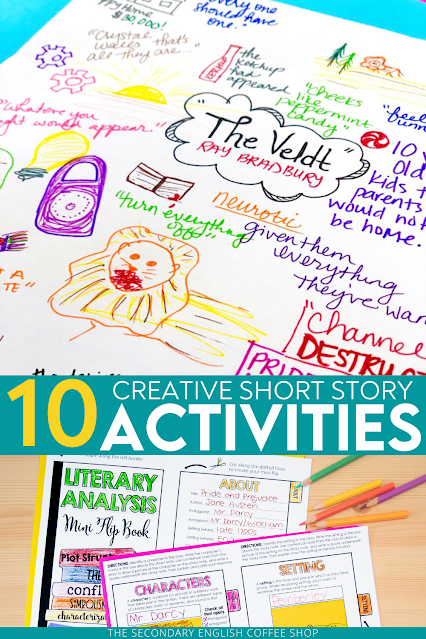By Tracee Orman
Teaching alone is a lot. But add all the extras that are piled on teachers and it’s no wonder teachers are leaving the profession by droves.
Whether it is study hall supervision, lunch duty, recess duty, bus duty, coaching, yearbook adviser, class sponsor, graduation organizer, sunshine club committee, advisory board, student council adviser, reading intervention coach, writing letters of recommendation, tutoring students after school, committee member, and so on, there never seems to be enough minutes in the day to actually do our jobs.
Early in my career I definitely took on too many "extras." As the years went by, I found ways to deal with the added responsibilities. Here are some tips I learned to help you gain time and hopefully keep your sanity.
1. DON'T MAKE PROMISES YOU CAN'T KEEP
Sure, that seems simple enough, but it's too easy to make promises you know you can't keep. How many times have you promised students you'll get their graded papers back on Monday only to take two more weeks? I did that way too many times. I finally started telling my classes it would take a month. Then when I got them back to them in two or three weeks, they were pleasantly surprised.
This also means don't bite off more than you can chew. Don't make a commitment to a group/organization that you know will be too time-consuming. When I coached my academic bowl students, they begged for an end-of-the-season match with their parents. I spent three weeks writing so many questions to personalize the game and my family and students were basically put on hold. In hindsight, I should have just used generic questions. Or had the students write the questions for the parents and vice-versa. Sometimes we make way too much work for ourselves when we try to do more than is humanly possible with our already demanding jobs.
2. UTILIZE STUDENT HELPERS
If you supervise a study hall, then you know there are always students who have finished their work and have nothing to do. Take advantage and have them help you with tasks such as stapling, organizing books, wiping down boards, filing papers, making copies, running errands, etc. If you don't supervise a study hall, ask teachers who do if they have any volunteers who would like to help.
My old high school also had a program that placed students with teachers for one period a day as a student helper. It was actually a class the students signed up for. I used my helper for so many tasks that truly saved me so much time.
3. GET ORGANIZED
Being organized is key if you want to limit stress. Doing something as simple as a to-do list each day can help you prioritize and complete tasks. Download this freebie here!
Another way to keep organized is to use a teacher planner. You can organize your lessons, your extracurriculars, student information, and so much more! This really helped me to figure out my day and where I needed to be and what I was doing.
You can also just use a calendar (if you use apple products, your calendar will sync with all your devices). I love using my apple calendar to keep my life straight!
4. LOCK YOUR DOOR
When you finally do get some alone time at school, lock your door so no one can interrupt you. When I really needed time to work, I even shut off my light so students and other teachers would think I was somewhere else. Because we all know even a locked door won't keep people from knocking.
The important thing is, you need to claim your prep time. That is yours and you shouldn't feel guilty for wanting uninterrupted time. When someone knocks, politely tell them you have a lot of work but will talk to them later.
5. UTILIZE EXISTING TIME-SAVERS
Take advantage of existing time-saving lessons and websites. When I needed 15 minutes to grade and enter grades, I would have my students go to the FREE RICE website and see who could donate the most rice in the vocabulary section. No one has to login or create an account. They just immediately start playing the game and with every correct answer, they are donating rice to people in need. If they get bored of playing the vocabulary, they can choose other areas such as literature, famous quotes, geography, paintings, and so many more. I loved this site and my students enjoyed the break in regular instruction. Use it as a beginning or ending activity.
Another website I loved to use was NO RED INK. Students do need to login and create accounts, so there's definitely some initial work to use the site. But once your students have accounts you can assign grammar and writing exercises. While your students are working, take that time to catch up on your work.
One of the easiest ways to utilize existing time-savers is to use pre-made lessons. My first few years of teaching, my literature textbook was my best friend. Everything I needed was right there; do not be afraid of utilizing it. Most textbooks come with ready-made lessons and student handouts and are aligned to the standards.
For high school teachers who are bombarded with writing letters of recommendation for students, I always kept a file of pre-made letters and then personalized it for the student. It was so much easier than starting from scratch each time. You can download these letters here.
6. TAKE A BREAK FROM SOCIAL MEDIA
How much time do you spend on social media each week? Surfing social media sites can be a huge time-suck. Take regular breaks or set a timer for an allotted amount of time. At the very least, turn your notifications off. You may be surprised by how much time you can save.
7. LEARN THAT IT'S OK TO SAY NO
Early in my teaching career I said "yes" to everything! Could I be newspaper adviser? Yes! Could I advise yearbook? Yes! Could I be the academic bowl coach? Yes! Could I write letters of recommendation to every student who asked? Yes! Could I serve on this advisory board? Yes! Could I sub for this teacher during my prep period? Yes! Could I help with the student handbook? Yes! Could I help with the sports programs? Yes!
And then...it just got to be way too much for one person to handle. Had I said no to half of those things, I would have saved myself so much stress and time away from my family. For some reason, we teachers have a hard time saying "no." Whether it is because we are untenured or afraid of losing our job, we spread ourselves too thin. But the longer I taught, the more I learned that it is absolutely OK to say NO!
I hope these tips will help you find more time for yourself and your family in your already-demanding position!
Check out these amazing time-saving resources from my colleagues:
Event Program Template by Nouvelle ELA
Teacher Binder by Presto Plans























.png)
.png)

.png)













